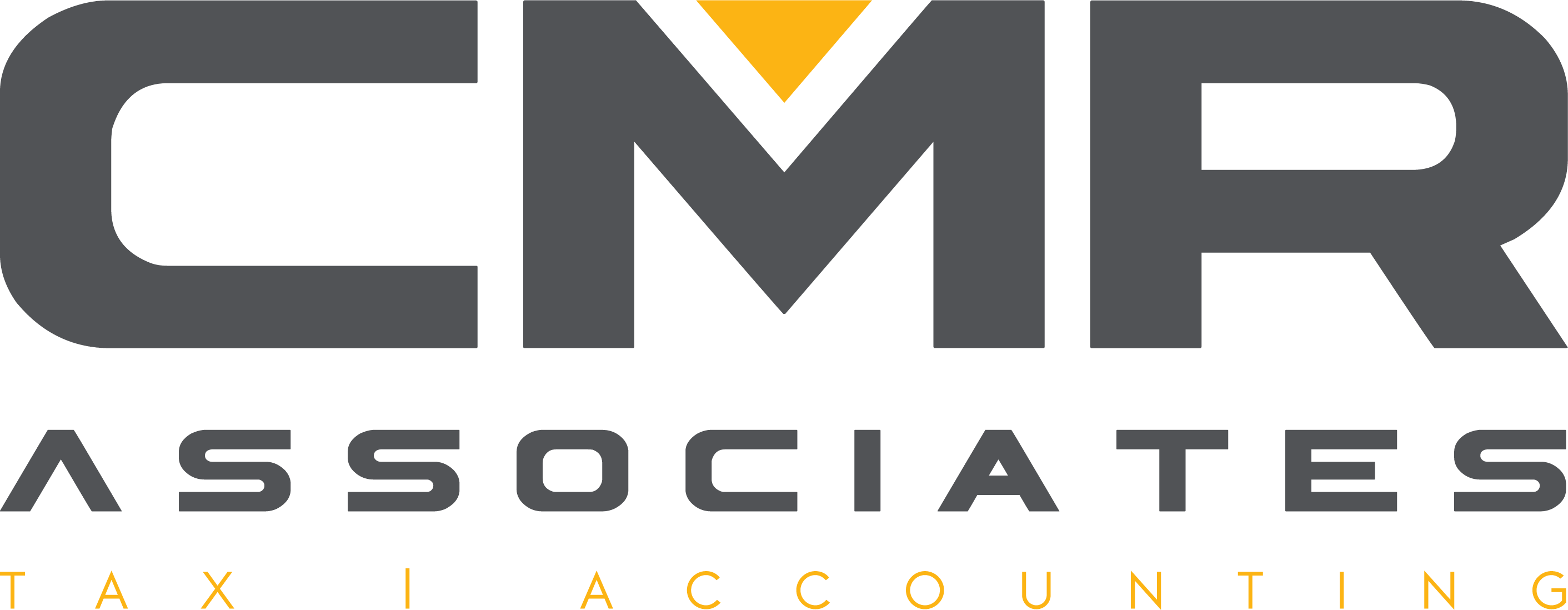
Accelerate your retirement savings with a cash balance plan
Business owners may not be able to set aside as much as they’d like in tax-advantaged retirement plans. Typically, they’re older and more highly compensated than their employees, but restrictions on contributions to 401(k) and profit-sharing plans can hamper retirement-planning efforts. One solution may be a cash balance plan.
Defined benefit plan with a twist
The two most popular qualified retirement plans — 401(k) and profit-sharing plans — are defined contribution plans. These plans specify the amount that goes into an employee’s retirement account today, typically a percentage of compensation or a specific dollar amount.
In contrast, a cash balance plan is a defined benefit plan, which specifies the amount a participant will receive in retirement. But unlike traditional defined benefit plans, such as pensions, cash balance plans express those benefits in the form of a 401(k)-style account balance, rather than a formula tied to years of service and salary history.
The plan allocates annual “pay credits” and “interest credits” to hypothetical employee accounts. This allows participants to earn benefits more uniformly over their careers, and provides a clearer picture of benefits than a traditional pension plan.
Greater savings for owners
A cash balance plan offers significant advantages for business owners — particularly those who are behind on their retirement saving and whose employees are younger and lower-paid. In 2017, the IRS limits employer contributions and employee deferrals to defined contribution plans to $54,000 ($60,000 for employees age 50 or older). And nondiscrimination rules, which prevent a plan from unfairly favoring highly compensated employees (HCEs), can reduce an owner’s contributions even further.
But cash balance plans aren’t bound by these limits. Instead, as defined benefit plans, they’re subject to a cap on annual benefit payouts in retirement (currently, $215,000), and the nondiscrimination rules require that only benefits for HCEs and non-HCEs be comparable.
Contributions may be as high as necessary to fund those benefits. Therefore, a company may make sizable contributions on behalf of owner/employees approaching retirement (often as much as three or four times defined contribution limits), and relatively smaller contributions on behalf of younger, lower-paid employees.
There are some potential risks. The most notable one is that, unlike with profit-sharing plans, you can’t reduce or suspend contributions during difficult years. So, before implementing a cash balance plan, it’s critical to ensure that your company’s cash flow will be steady enough to meet its funding obligations.
Right for you?
Although cash balance plans can be more expensive than defined contribution plans, they’re a great way to turbocharge your retirement savings. We can help you decide whether one might be right for you.
Tax Accounting, Tax Preparation, and Business Consulting for Metairie, Louisiana
Industry Specific Accounting
Metairie CPA Services
Metairie CPA News
Tax Accounting, Tax Preparation, and Business Consulting for Mandeville, Louisiana
Industry Specific Accounting
Mandeville CPA Services
Mandeville CPA News
Tax Accounting, Tax Preparation, and Business Consulting for Baton Rouge, Louisiana
Industry Specific Accounting
Baton Rouge CPA Services
Baton Rouge CPA News
Tax Accounting, Tax Preparation, and Business Consulting for Covington, Louisiana
Industry Specific Accounting
Covington CPA Services
Covington CPA News
Mandeville Notary Public Services
Madisonville Notary Public Services
Covington Notary Public Services




